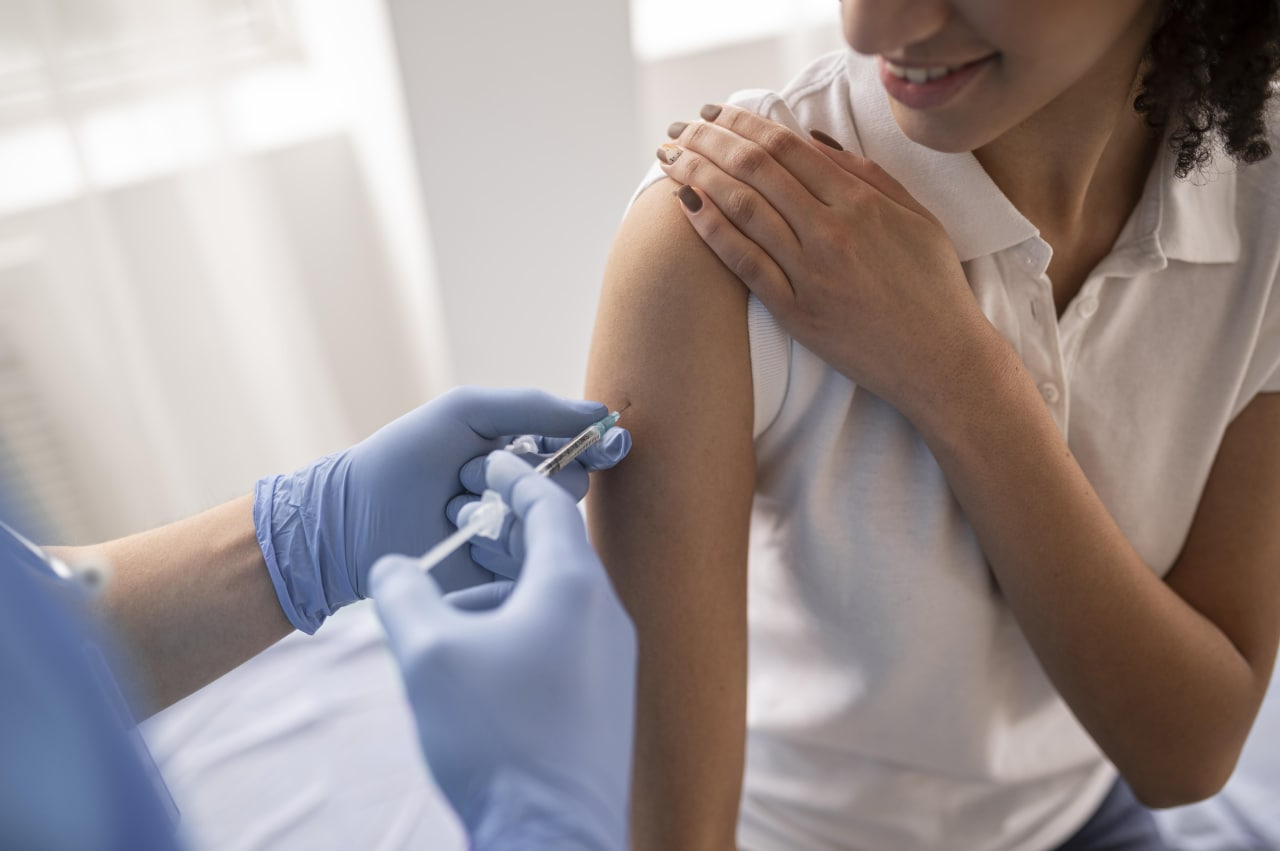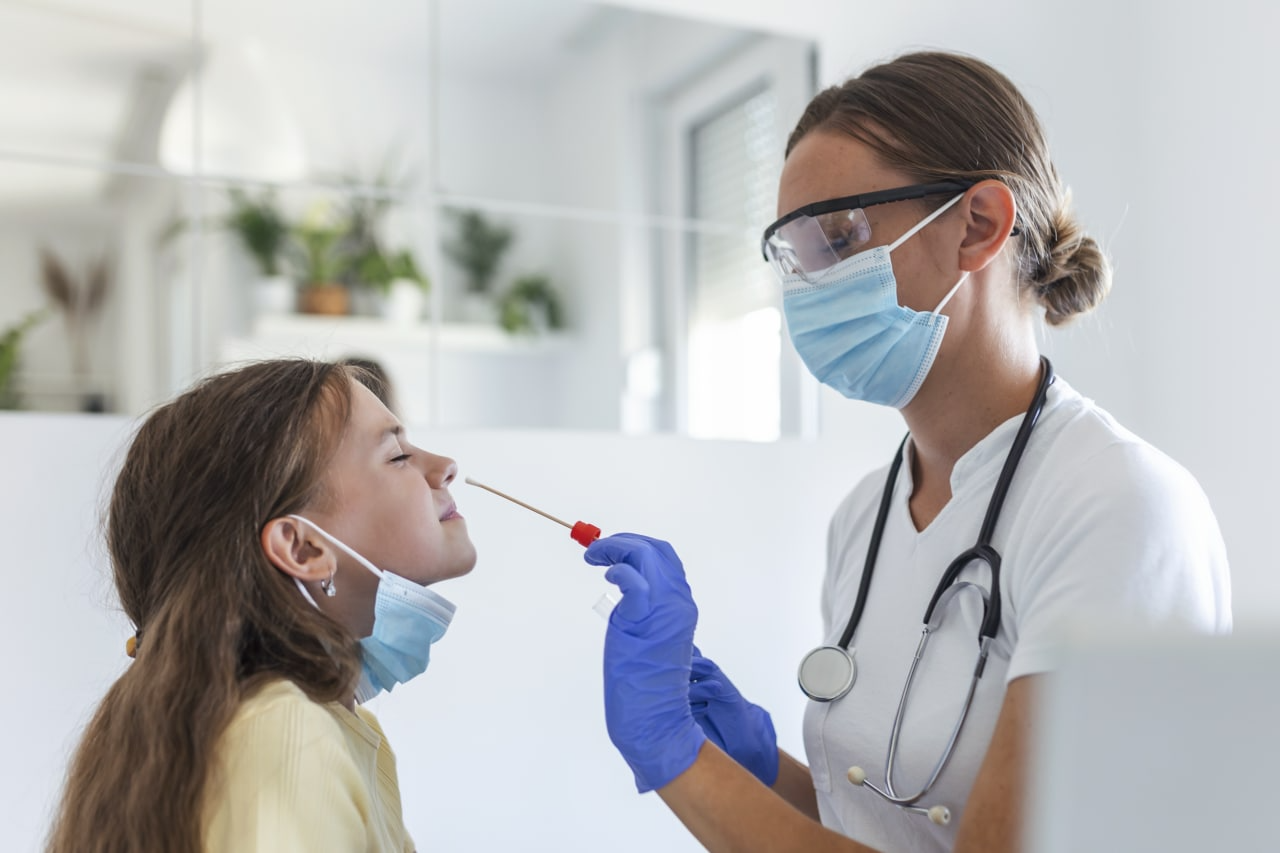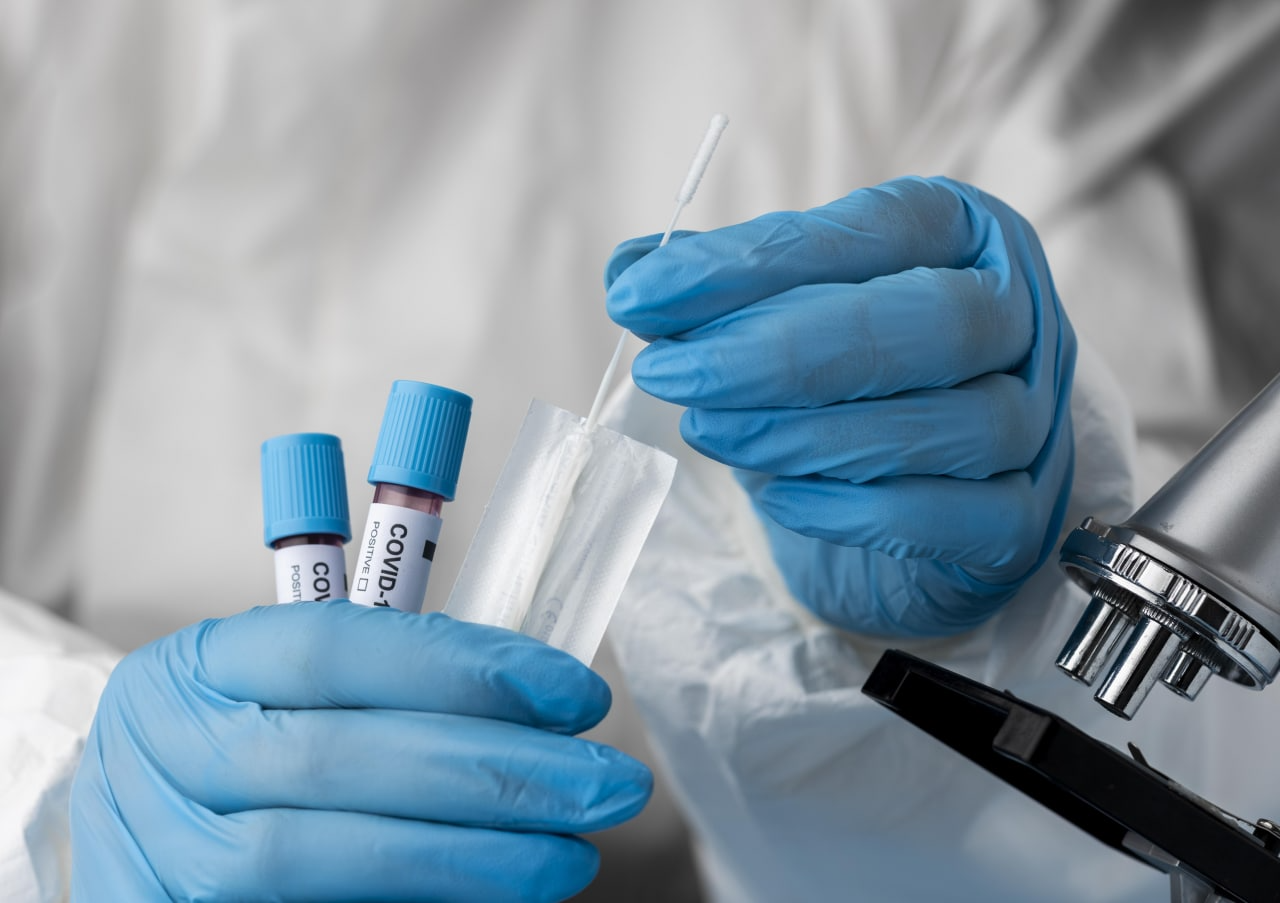Published by: Maria Bryndina on 21. September.2022
The decrease in air temperature is associated with the activation of respiratory viruses, including SARS-CoV-2. The first two years of the pandemic supported this theory. How will the coronavirus that causes COVID-19, behave in the epidemiological season 2022-2023?
Expert forecasts
It is known that in cold weather the coronavirus is able to multiply and spread actively. Today, however, epidemiologists are cautiously optimistic: in their opinion, the spread of coronavirus infection in the fall and winter of 2022-2023 will be less active than in the first years of the pandemic1.

The scenarios for the course of the epidemic, which were presented by the Scenario Modeling Hub team of scientists are:
- I f no novel coronavirus variant emerges, as long as vaccination continues, hospitalizations for coronavirus infection will remain stable and will gradually decrease until the end of 20221
- Distribution of reformulated booster vaccines starting in mid-September will reduce hospital admissions in the first half of autumn. It is predicted that from September 2022 to May 2023, in the absence of a new variant of coronavirus, early introduction of boosters will prevent 2.4 million (95% CI 0.8–44.8) infections, 137 000 (95% CI 21000- 251000) hospitalizations and 9700 (95% CI 500–19000) deaths worldwide1.
- In the most pessimistic forecast, with the emergence of a new variant of coronavirus and late revaccination, Scenario Modeling Hub predicts 1.3 million hospitalizations (95% CI 0.44–2.7 million), 181,000 deaths (95% CI 23000–346000) over the next nine months1.
All scenarios assume that new booster vaccines will become available at the same time that the annual influenza vaccine becomes available. Any new coronavirus variant that could change the course of a pandemic would have to be more virulent than the currently circulating omicron subvariant BA.5.
Variants of circulating coronavirus
The recently circulating omicron, being a completely new branch in the evolution of SARS-CoV-2, today has more mutations than all previous variants combined. At the moment there are more than 50 of them, and 32 belong to the S-protein, and many have never met before. It is natural that the omicron in a short time left behind the delta that circulated last autumn. Today, this genetic variant of the coronavirus is known in the form of almost a dozen subvariants, among which omicron BA.4, BA.5, BA.2 dominate2. Omicron BA.5 remains the leading option in the world, according to WHO: it accounts for almost 70% of all virus sequences in the largest public database of viral infections.
It should be noted that infection associated with the omicron variant has a much lower risk of hospitalizations (by 15–20%) compared with delta. At the same time, a study in Hong Kong showed that the omicron variant replicated in the human bronchi 70 times faster than the delta, and much more slowly in the lungs3. This may be the reason for the less severe clinical manifestations of the disease in patients with the оmicron variant.
All variants of omicron have a number of clinical features. The main manifestations of coronavirus infection associated with the omicron variant are
- weakness
- runny nose
- and cough.
Rise in temperature to high values is rarely recorded. Moreover, sometimes the body temperature does not rise, but rather drops to 35.4-35.6 ° C. A runny nose is most often described as an unpleasant sensation in the nasopharynx, nasal congestion is very rare, which requires decongestants2,4.
Of the unique symptoms that are characteristic of omicron, night sweats in the absence of fever should be distinguished. It occurs in more than 1 in 10 patients. According to recent data, night sweats are much less common than classical symptoms such as sore throat, headache and non-productive cough, as well as impaired sense of smell. Loss of taste and smell is especially common with omicron BA.5 infection. This may be due to the fact that this variant of the virus infects different cells of the respiratory tract, while early versions of the omicron are characterized by local damage to the respiratory tract. In all likelihood, BA.5 is more resistant to the innate immune response, which may lead to a change in the clinical picture of the disease5.
Immunity after illness and vaccination
Each subsequent omicron subvariant has a higher ability to avoid neutralization by antibodies circulating in the blood both after the disease and after vaccination, although in the second case it is to a much lesser extent. A previous infection does little to protect against a new infection. The period of reinfection has decreased from six months at the beginning of the pandemic to 1.5–2 months for the latest variants of the coronavirus3.
The number of cases of infection of those vaccinated after the spread of the omicron variant has increased. However, it is clear that vaccination is associated with much lower rates of hospitalizations, severe infections, and deaths compared to post-infection immunity.

It is recognized throughout the world that vaccines against coronavirus infection have been and remain the only reliable and promising way to prevent severe disease. The revaccination regimen remains the same: it is indicated 6 months after the previous vaccination or the disease. At the same time, according to the World Health Organization, the Middle East and North Africa are the only regions where the number of cases and deaths from COVID-19 has increased since the beginning of 2022 due to lower vaccination rates. Virus transmission in countries in these regions remains high and vaccination coverage low. Only 42% of the Eastern Mediterranean population is fully vaccinated against COVID-19. This figure is significantly lower than the global vaccination rate of 60%. In addition, it should be taken into account that vaccination coverage in Asian countries is extremely uneven: in the richer regions of the Persian Gulf, it is much higher than in some other, less developed countries. Thus, while in the UAE 99% of the population was vaccinated, and in Qatar 92%, in Iraq vaccination coverage is only 27%, and in Syria and Yemen – less than 10%6.
The World Health Organization has stated that if countries cannot achieve global vaccination coverage of 70% of the population, at least 40% of vulnerable populations should be vaccinated, with particular attention to high-risk groups6.
Bibliography
- Scenario Modeling Hub. https://covid19scenariomodelinghub.org/ (Accessed 14.09.2022).
- Petersen M. S. et al. Clinical characteristics of the Omicron variant-results from a Nationwide Symptoms Survey in the Faroe Islands //International Journal of Infectious Diseases. – 2022. – Т. 122. – С. 636-643.
- HKU Med. HKUMed finds Omicron SARS-CoV-2 can infectfaster and better than Delta in human bronchus but withless severe infection in lung https://www.med.hku.hk/en/news/press/20211215-omicron-sars-cov-2-infection (Accessed 14.09.2022).
- New Covid symptoms: Night sweats emerge as common sign of Omicron BA.5 with 1 in 10 suffering hot flushes. URL: https://inews.co.uk/news/science/new-covid-symptoms-night-sweats-omicron-ba-5-signs-hot-flushes-1775043 (Accessed 14.09.2022).
- Sleepless night, sweating and THIS: Expert warns of new symptoms of Omicron sub-variant BA.5. URL: https://zeenews.india.com/world/sleepless-night-sweating-and-this-expert-warns-of-new-symptoms-of-omicron-sub-variant-ba-5-details-here-2491779.html (Accessed 14.09.2022).
- Middle East has 42 percent Covid-19 vaccination rate, says WHO. URL: https://www.middleeasteye.net/news/covid-middle-east-42-percent-vaccination-rate-behind-global-average (Accessed 14.09.2022).
Colleagues, haven't you joined our PharmaCourses of MENA region Telegram chats yet?
In the chats of more than 6,000 participants, you can always discuss breaking news and difficult situations in a pharmacy or clinic with your colleagues. Places in the chats are limited, hurry up to get there.
Telegram chat for pharmacists of MENA region: https://t.me/joinchat/V1F38sTkrGnz8qHe
Telegram chat fo physicians of MENA region: https://t.me/joinchat/v_RlWGJw7LBhNGY0







